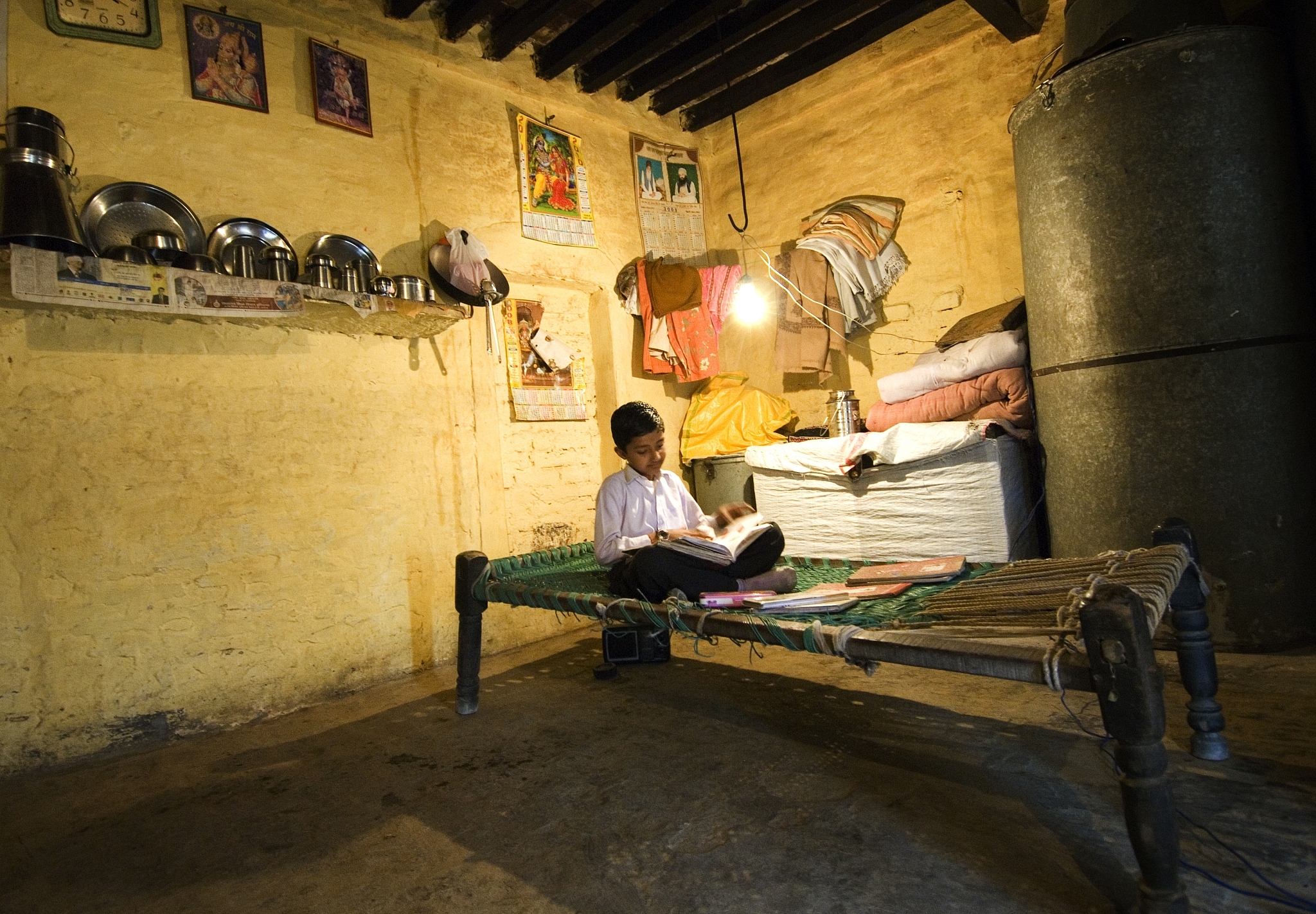Infrastructure
NDA Electrified Only The Last 3 Per Cent. Its Success Isn’t In The Numbers But The Last Mile Challenges Overcome
- There is no need to deny UPA its share of credit for bringing electricity to 97 per cent of villages; but there is equally no reason to deny the NDA credit for the last 3 per cent, which was among the toughest to electrify.

A house in rural India gets electricity for the first time. (Priyanka Parashar/Mint via Getty Images)
The National Democratic Alliance (NDA) government has come in for some flak for claiming that it has completed the job of providing all villages with electricity, something not done in the last 70 years. It is fair to say that the bulk of the work of rural electrification was done by the United Progressive Alliance (UPA) government, which had brought power lines to nearly 97 per cent of villages when it lost power in 2014.
Put simply, the NDA under Narendra Modi should claim credit for only the last three per cent, which included 18,452 villages which had no power and 1,275 other villages which UPA had wrongly categorised as having power. The NDA can legitimately claim it has electrified only the last 19,727 villages – and not the rest.
However, this formulation is an over-simplification, and gives less credit to the NDA than it deserves. Reason: the effort involved in providing electricity to the last few thousand villages was much more than for some of the previous efforts in providing power to an equivalent number of villages.
It is common sense that the last mile in a project is often the most difficult. The villages that weren’t electrified earlier were not randomly left without power by previous governments. Many of them were special villages, that were either far from the electricity grid, or inaccessible in other ways.
In an interview to CNBC TV-18, Ajay Kumar Bhalla, Power Secretary, explained why the last mile in village electrification was trickier to handle than the rest.
And then there were places where even the grid did not reach. According to Bhalla, “we have connected about 15,600-and-odd villages by grid and the remaining by off-grid solutions, which are generally solar solutions”.
This means it wasn’t just about providing power connections in difficult terrain and adverse conditions, but also setting up standalone power units where the grid was non-existent.
There is no need to deny UPA its share of credit for bringing electricity to 97 per cent of villages; but there is equally no reason to deny the NDA credit for the last 3 per cent, which was among the toughest to electrify.
The next job is obviously to take power to every household – and this means connecting the power line to the 3.13 crore remaining households who live in villages that are electrified but don’t get it in their homes. Most of these households are in UP and Bihar, not the north-east or tribal areas.
This just shows that despite sending the largest contingents of MPs to the Lok Sabha, it has taken a non-Hindi belt politician to bring light to the Hindi heartland.
Introducing ElectionsHQ + 50 Ground Reports Project
The 2024 elections might seem easy to guess, but there are some important questions that shouldn't be missed.
Do freebies still sway voters? Do people prioritise infrastructure when voting? How will Punjab vote?
The answers to these questions provide great insights into where we, as a country, are headed in the years to come.
Swarajya is starting a project with an aim to do 50 solid ground stories and a smart commentary service on WhatsApp, a one-of-a-kind. We'd love your support during this election season.
Click below to contribute.
Latest